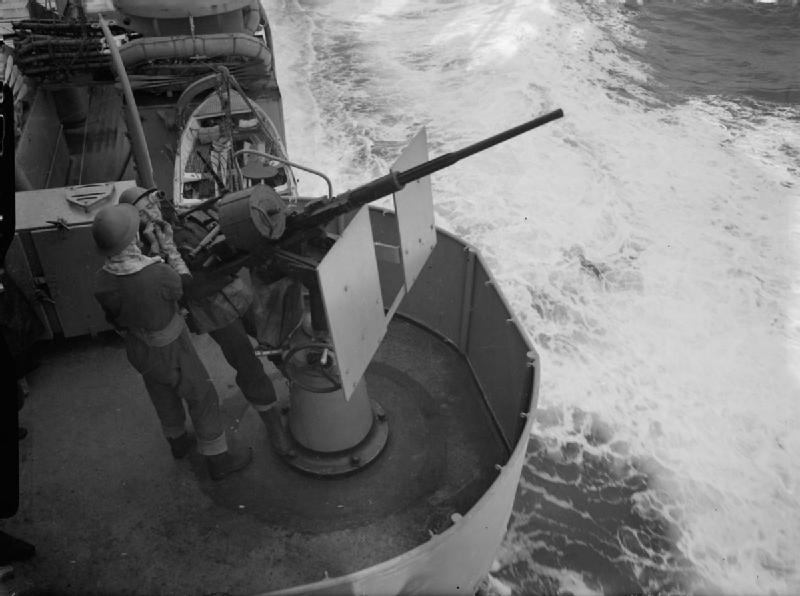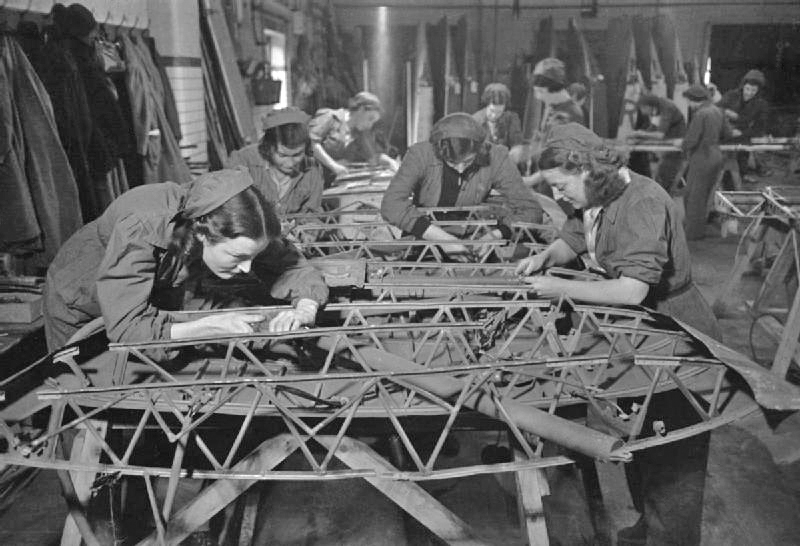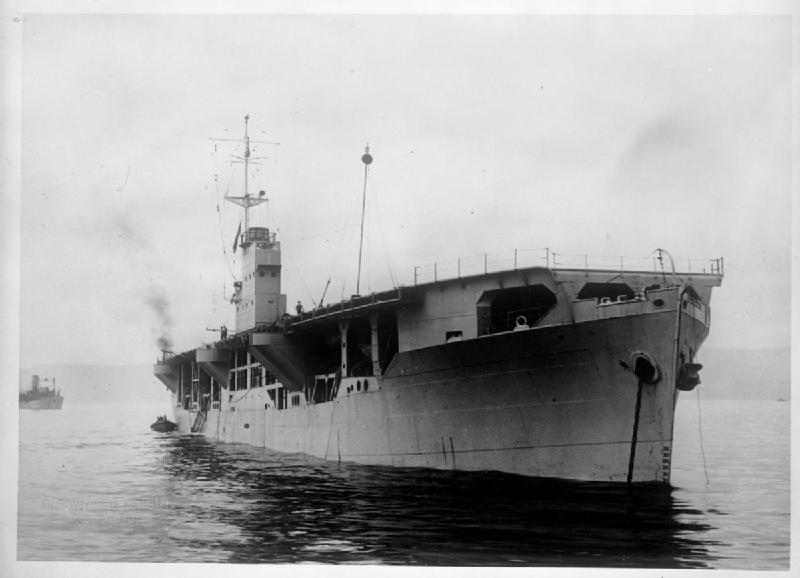|
MV Amastra
MV ''Amastra'' was one of nine Anglo-Saxon Royal Dutch/Shell oil tankers converted to become a Merchant Aircraft Carrier (MAC ship). The group is collectively known as the ''Rapana'' class. MV ''Amastra'' was built at Lithgows and completed in March, 1935 as an oil tanker for the Royal Dutch/Shell line. She was converted at Smiths Dock, North Shields to a MAC ship, entering service in September 1943. As a MAC ship, she had no aircraft hangar, and continued to carry cargo, although operating under Royal Navy control. Only her air crew and the necessary maintenance staff were naval personnel. At the end of the war, ''Amastra'' was reconverted to an oil tanker, and in 1951 was renamed ''Idas''. She served in this capacity until broken up for scrap at La Spezia La Spezia (, or , ; in the local Spezzino dialect) is the capital city of the province of La Spezia and is located at the head of the Gulf of La Spezia in the southern part of the Liguria region of Italy. La Sp ... [...More Info...] [...Related Items...] OR: [Wikipedia] [Google] [Baidu] |
United Kingdom
The United Kingdom of Great Britain and Northern Ireland, commonly known as the United Kingdom (UK) or Britain, is a country in Europe, off the north-western coast of the European mainland, continental mainland. It comprises England, Scotland, Wales and Northern Ireland. The United Kingdom includes the island of Great Britain, the north-eastern part of the island of Ireland, and many List of islands of the United Kingdom, smaller islands within the British Isles. Northern Ireland shares Republic of Ireland–United Kingdom border, a land border with the Republic of Ireland; otherwise, the United Kingdom is surrounded by the Atlantic Ocean, the North Sea, the English Channel, the Celtic Sea and the Irish Sea. The total area of the United Kingdom is , with an estimated 2020 population of more than 67 million people. The United Kingdom has evolved from a series of annexations, unions and separations of constituent countries over several hundred years. The Treaty of Union between ... [...More Info...] [...Related Items...] OR: [Wikipedia] [Google] [Baidu] |
Royal Dutch Shell
Shell plc is a British multinational oil and gas company headquartered in London, England. Shell is a public limited company with a primary listing on the London Stock Exchange (LSE) and secondary listings on Euronext Amsterdam and the New York Stock Exchange. It is one of the oil and gas " supermajors" and by revenue and profits is consistently one of the largest companies in the world. Measured by both its own emissions, and the emissions of all the fossil fuels it sells, Shell was the ninth-largest corporate producer of greenhouse gas emissions in the period 1988–2015. Shell was formed in 1907 through the merger of Royal Dutch Petroleum Company of the Netherlands and The "Shell" Transport and Trading Company of the United Kingdom. The combined company rapidly became the leading competitor of the American Standard Oil and by 1920 Shell was the largest producer of oil in the world. Shell first entered the chemicals industry in 1929. Shell was one of the " Seven Sisters" w ... [...More Info...] [...Related Items...] OR: [Wikipedia] [Google] [Baidu] |
Lithgows
Lithgows Limited is a family-owned Scottish company that had a long involvement in shipbuilding, based in Kingston, Port Glasgow, on the River Clyde in Scotland. It has a continued involvement in marine resources. History Founding The Company was established by Joseph Russell and his partners Anderson Rodger and William Lithgow who leased the Bay Yard in Port Glasgow from Cunliffe & Dunlop and started trading as Russell & Co. in 1874. In 1879 they purchased the Cartsdyke Mid Yard from J.E. Scott and in 1881 they acquired the Kingston Shipyard from Henry Murray. The partnership was dissolved in 1891: Russell retired, Rodger took the Bay Yard and Lithgow the Kingston and Cartsdyke Yards. In 1900 the Cartsdyke Yard was sold to Greenock Dockyard. Then in 1908 brothers William Lithgow's sons, James and Henry, assumed control; they bought the Bay yard in 1911. The Company then entered a period of expansion by acquisition, buying the Port Glasgow East Yard from ''Robert Duncan & ... [...More Info...] [...Related Items...] OR: [Wikipedia] [Google] [Baidu] |
La Spezia
La Spezia (, or , ; in the local Spezzino dialect) is the capital city of the province of La Spezia and is located at the head of the Gulf of La Spezia in the southern part of the Liguria region of Italy. La Spezia is the second largest city in the Liguria region, after Genoa. Located roughly midway between Genoa and Pisa, on the Ligurian Sea, it is one of the main Italian military and commercial harbours and a major Italian Navy base. A popular seaside resort, it is also a significant railway junction, and is notable for its museums, for the Palio del Golfo rowing race, and for railway and boat links with the Cinque Terre. History La Spezia and its province have been settled since prehistoric times. In Roman times the most important centre was Luni, not far from Sarzana. As the capital of the short-lived Niccolò Fieschi Signoria in the period between 1256 and 1273, La Spezia was inevitably linked with Genoese vicissitudes. After the fall of the Republic of Gen ... [...More Info...] [...Related Items...] OR: [Wikipedia] [Google] [Baidu] |
QF 4 Inch Naval Gun Mk IV, XII, XXII
The QF 4-inch gun Mk IVMk IV = Mark 4. Britain used Roman numerals to denote Marks (models) of ordnance until after World War II. This was the fourth model of 4-inch QF naval gun. Variants Mk XII = Mark 12, Mk XXII = Mark 22. was the main gun on most Royal Navy and British Empire destroyers in World War I. It was introduced in 1911 as a faster-loading light gun successor to the BL 4 inch Mk VIII gun. Of the 1,141 produced, 939 were still available in 1939.Campbell, ''Naval Weapons of WWII'', p.59. Mk XII and Mk XXII variants armed many British interwar and World War II submarines. Mk IV gun Mk IV armed many British destroyers and some cruisers in World War I. It was used to arm merchant ships in World War II. The guns armed the following warships : * ''Forward''-class scout cruisers as re-gunned in 1911 * ''Sentinel''-class scout cruisers as re-gunned 1911-1912 * ''Pathfinder''-class scout cruisers as re-gunned 1911-1912 * ''Adventure''-class scout cruisers as re-gunned ... [...More Info...] [...Related Items...] OR: [Wikipedia] [Google] [Baidu] |
Oerlikon 20 Mm Cannon
The Oerlikon 20 mm cannon is a series of autocannons, based on an original German Becker Type M2 20 mm cannon design that appeared very early in World War I. It was widely produced by Oerlikon Contraves and others, with various models employed by both Allied and Axis forces during World War II. Many versions of the cannon are still used today. Blowback-operated models History Origins During World War I, the German industrialist Reinhold Becker developed a 20 mm caliber cannon, known now as the 20 mm Becker using the advanced primer ignition blowback (API blowback) method of operation. This used a 20×70mmRB cartridge and had a cyclic rate of fire of 300 rpm. It was used on a limited scale as an aircraft gun on ''Luftstreitkräfte'' warplanes, and an anti-aircraft gun towards the end of that war. Because the Treaty of Versailles banned further production of such weapons in Germany, the patents and design works were transferred in 1919 to the Swiss firm SEMAG (''Seeb ... [...More Info...] [...Related Items...] OR: [Wikipedia] [Google] [Baidu] |
Fairey Swordfish
The Fairey Swordfish is a biplane torpedo bomber, designed by the Fairey Aviation Company. Originating in the early 1930s, the Swordfish, nicknamed "Stringbag", was principally operated by the Fleet Air Arm of the Royal Navy. It was also used by the Royal Air Force (RAF), as well as several overseas operators, including the Royal Canadian Air Force (RCAF) and the Royal Netherlands Navy. It was initially operated primarily as a fleet attack aircraft. During its later years, the Swordfish was increasingly used as an anti-submarine and training platform. The type was in frontline service throughout the Second World War. Despite being outmoded by 1939, the Swordfish achieved some spectacular successes during the war. Notable events included sinking one battleship and damaging two others of the ''Regia Marina'' (the Italian navy) during the Battle of Taranto, and the famous attack on the German battleship ''Bismarck'', which contributed to her eventual demise. Swordfish sank ... [...More Info...] [...Related Items...] OR: [Wikipedia] [Google] [Baidu] |
Oil Tankers
An oil tanker, also known as a petroleum tanker, is a ship designed for the bulk transport of oil or its products. There are two basic types of oil tankers: crude tankers and product tankers. Crude tankers move large quantities of unrefined crude oil from its point of extraction to refineries. Product tankers, generally much smaller, are designed to move refined products from refineries to points near consuming markets. Oil tankers are often classified by their size as well as their occupation. The size classes range from inland or coastal tankers of a few thousand metric tons of deadweight (DWT) to the mammoth ultra large crude carriers (ULCCs) of . Tankers move approximately of oil every year.UNCTAD 2006, p. 4. Second only to pipelines in terms of efficiency,Huber, 2001: 211. the average cost of transport of crude oil by tanker amounts to only US. Some specialized types of oil tankers have evolved. One of these is the naval replenishment oiler, a tanker which can fuel a ... [...More Info...] [...Related Items...] OR: [Wikipedia] [Google] [Baidu] |
Merchant Aircraft Carrier
A merchant aircraft carrier (also known as a MAC ship, the Admiralty's official 'short name') was a limited-purpose aircraft carrier operated under British and Dutch civilian registry during World War II. MAC ships were adapted by adding a flight deck to a bulk grain ship or oil tanker enabling it to operate anti-submarine aircraft in support of Allied convoys during the Battle of the Atlantic. Despite their quasi-military function, MAC ships retained their mercantile status, continued to carry cargo and operated under civilian command. MAC ships entered service from May 1943 when they began to supplement and supplant escort carriers, and remained operational until the end of the war in Europe. Development In 1940, Captain M. S. Slattery RN, Director of Air Material at the Admiralty, proposed a scheme for converting merchant ships into aircraft carriers as a follow-up to the CAM ship project. Slattery proposed fitting a flight deck equipped with two arrester wires and a ... [...More Info...] [...Related Items...] OR: [Wikipedia] [Google] [Baidu] |
Smiths Dock Company
Smith's Dock Company, Limited, often referred to simply as Smith's Dock, was a British shipbuilding company. History The company was originally established by Thomas Smith who bought William Rowe's shipyard at St. Peter's in Newcastle upon Tyne in 1810 and traded as William Smith & Co. The company opened its dock in North Shields in 1851. One of the first ships to be launched at the yard was ''Termagent'' in 1852. The company changed its name to Smith's Dock Co. in 1891. The company became associated with South Bank, North Riding of Yorkshire, after opening an operation there in 1907. Smith's Dock increasingly concentrated its shipbuilding business on the River Tees in South Bank, with its North Shields Yard being used mainly for repair work (in particular oil tankers) from 1909 onwards. Despite the shift of focus, The company's headquarters remained at North Shields. Smith's Dock built many ships that served during the Second World War, including trawlers that the Admiralt ... [...More Info...] [...Related Items...] OR: [Wikipedia] [Google] [Baidu] |
North Shields
North Shields () is a town in the Borough of North Tyneside in Tyne and Wear, England. It is north-east of Newcastle upon Tyne and borders nearby Wallsend and Tynemouth. Since 1974, it has been in the North Tyneside borough of Tyne and Wear: it's historic administration was as part of the Castle ward in county of Northumberland. It was part of the Tynemouth County Borough, when abolished in 1974 the borough became an unparished area. It is on the northern bank of the River Tyne, opposite to South Shields on the other bank. The name derives from Middle English ''schele'' meaning "temporary sheds or huts used by fishermen". History Earliest records North Shields is first recorded in 1225, when the Prior of Tynemouth, Germanus, decided to create a fishing port to provide fish for the Priory which was situated on the headland at the mouth of the River Tyne. He also supplied ships anchored near the priory. A number of rudimentary houses or 'shiels' were erected at the ... [...More Info...] [...Related Items...] OR: [Wikipedia] [Google] [Baidu] |
Oil Tankers
An oil tanker, also known as a petroleum tanker, is a ship designed for the bulk transport of oil or its products. There are two basic types of oil tankers: crude tankers and product tankers. Crude tankers move large quantities of unrefined crude oil from its point of extraction to refineries. Product tankers, generally much smaller, are designed to move refined products from refineries to points near consuming markets. Oil tankers are often classified by their size as well as their occupation. The size classes range from inland or coastal tankers of a few thousand metric tons of deadweight (DWT) to the mammoth ultra large crude carriers (ULCCs) of . Tankers move approximately of oil every year.UNCTAD 2006, p. 4. Second only to pipelines in terms of efficiency,Huber, 2001: 211. the average cost of transport of crude oil by tanker amounts to only US. Some specialized types of oil tankers have evolved. One of these is the naval replenishment oiler, a tanker which can fuel a ... [...More Info...] [...Related Items...] OR: [Wikipedia] [Google] [Baidu] |








.jpg)
